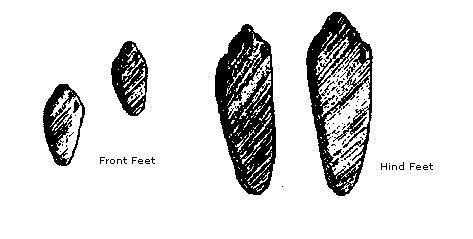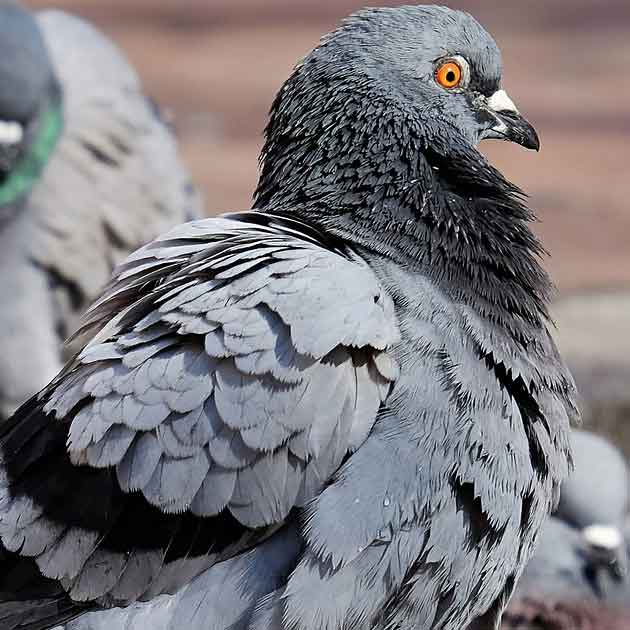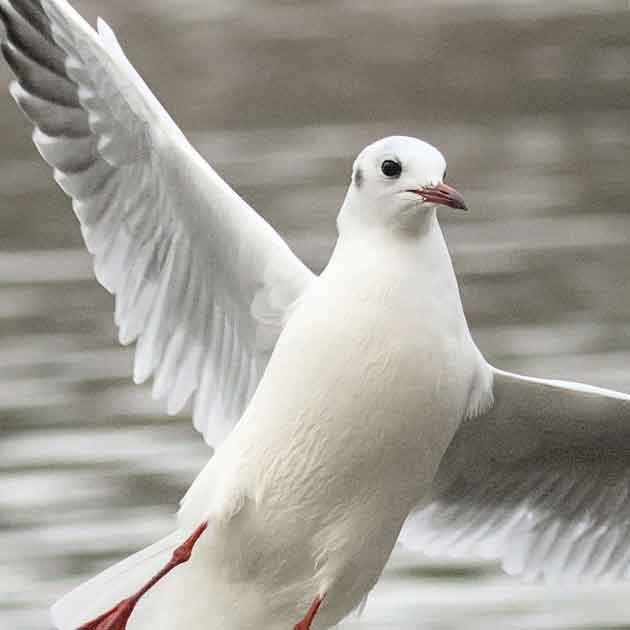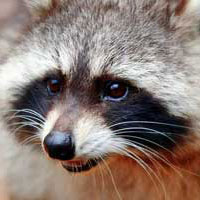
Rabbits are not rodents but belong to their own order called lagomorphs. Most rabbits are cottontails, most of which have tails that are brown above and white below, resembling a cotton ball. Native to North and South America, cottontails frequent a wide variety of habitats, but all species need cover, usually low vegetation. Rabbits are closely related to hares. Rabbits and hares look alike and are often mistaken for one another. Some rabbits and hares are misnamed. For example, the Belgian hare is a rabbit, and the jack rabbit is a hare.
Rabbits and hares can be told apart most easily at birth. Newborn rabbits have no fur and are blind and helpless. Newborn hares have fur and their eyes are open. An adult cottontail rabbit grows about 211/2 inches (55 centimeters) long and may weigh up to 6 pounds (2.7 kilograms). European rabbits reach a length of about 18 inches (46 centimeters) and weigh up to 5 pounds (2.3 kilograms).
Identification

Rabbit Damage
Rabbits usually strip bark off of young trees only a short distance, approximately 2.5 feet, above the ground. Damage can be identified by a clean, angled cut on the end of leaves and/or by observing rabbit tracks. Vegetable gardens and crop fields sustain considerable damage when rabbits invite themselves for an all-you-can-eat buffet.
Rabbit Control
Preventative measures include Exclusion*. Control methods include Live Trapping*, Licensed Trapping*, Physical Capture*, Shooting*, Relocation*, and Destruction of the animal.
Please note that, in contrast to almost all other Ontario animal control operations, as a licensed furbearer trapping company we are able to employ all of these control methods INCLUDING relocation or permanent removal of captured moose.
Rabbit Breeding
Females reach maturity at 6 months, and can breed up to 6 years of age. Breeding occurs mostly from February to September. Unlike most mammals, rabbits do not come into estrus. Instead, males induce females to breed, as copulation triggers release of the egg. After a gestation of 28-34 days, the doe gives birth to a litter of four to eight young. Baby rabbits, called kits, are totally blind and have little or no hair at birth. A doe spends little time with her young, feeding them once or twice in a 24-hour period. This prevents detection of the kits by various predators.
















